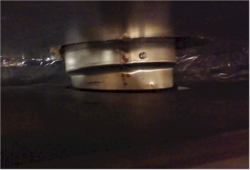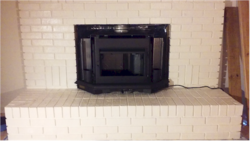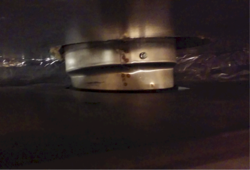Squisher
Minister of Fire
Myself I'd just confirm that the factory gasket is there and then just leave it for now. It's new and will be fine as long as it's there.
I get that making your own replacement will be much more durable and presumably seal better. But seeing these stoves daily(I serviced two PE's today) the air is going to flow through to the tubes/baffle which is the path of least resistance.
Sucks the wrong levelling bolts were included. Makes me think possibly they weren't the originals being a display model?
I get that making your own replacement will be much more durable and presumably seal better. But seeing these stoves daily(I serviced two PE's today) the air is going to flow through to the tubes/baffle which is the path of least resistance.
Sucks the wrong levelling bolts were included. Makes me think possibly they weren't the originals being a display model?





